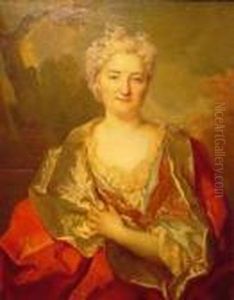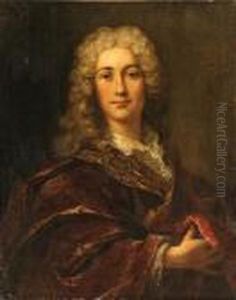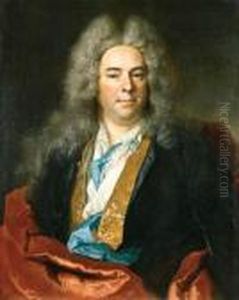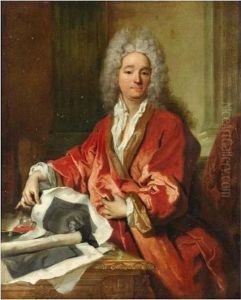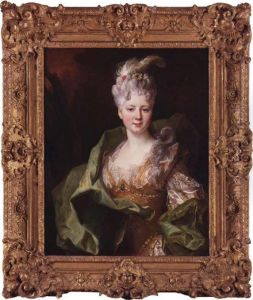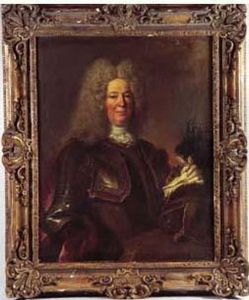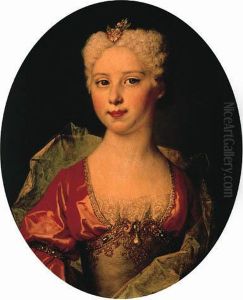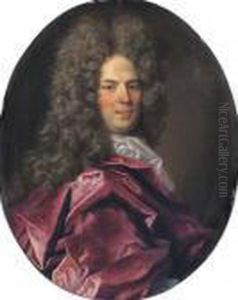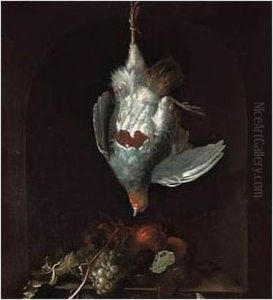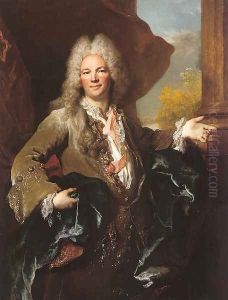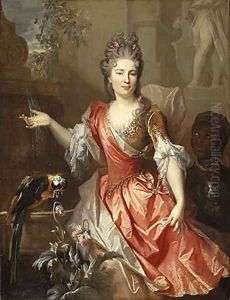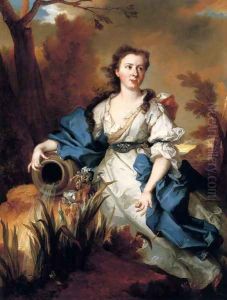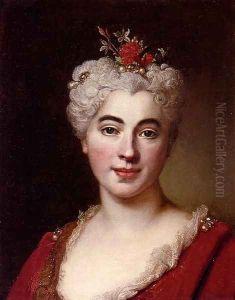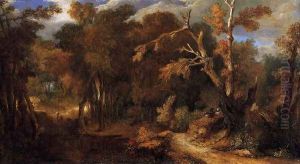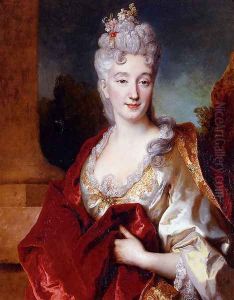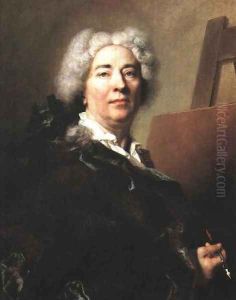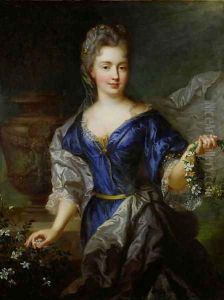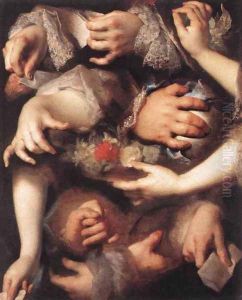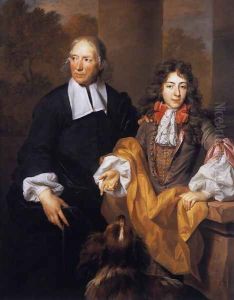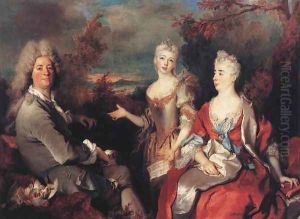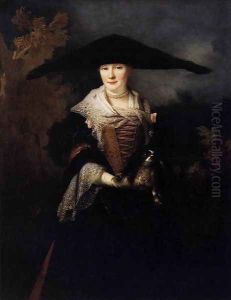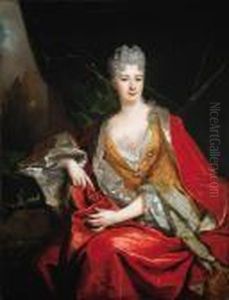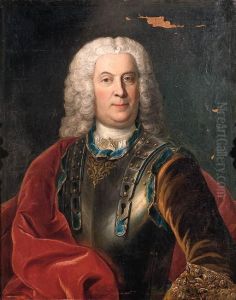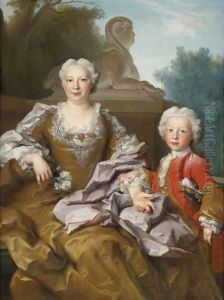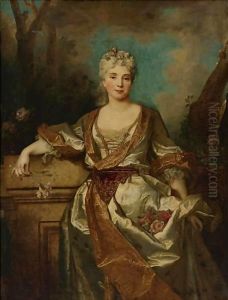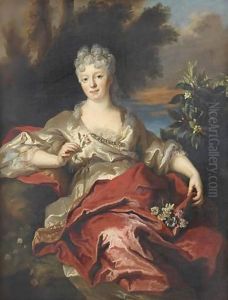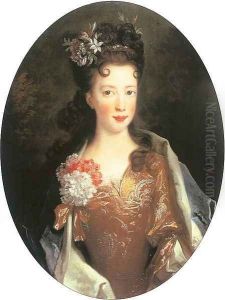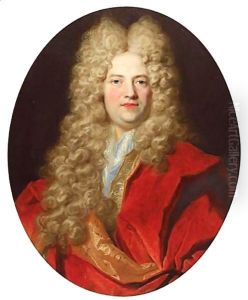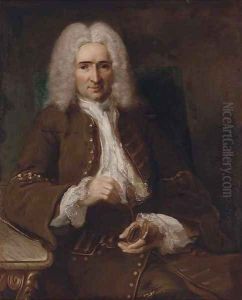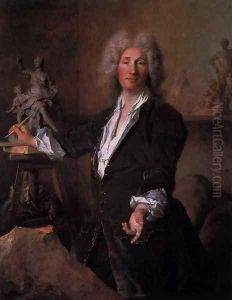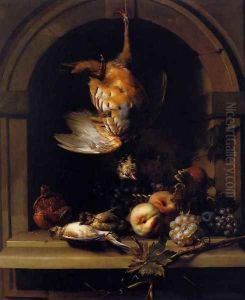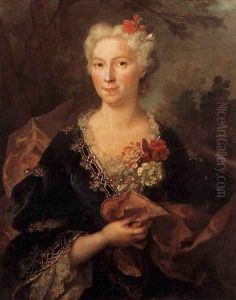Nicolas de Largillierre Paintings
Nicolas de Largillierre was a prominent French painter of the Baroque era, born on October 10, 1656, in Paris, France. He was renowned for his sumptuous portraits that captured the opulence and character of the French aristocracy during the reign of Louis XIV and into the Rococo period. Largillierre showed an early talent for art and was apprenticed to a painter in Antwerp. However, his career truly began after he moved to England in 1674, where he worked under the guidance of the portraitist Sir Peter Lely. During this time, he developed his skills and began to establish his reputation.
After returning to Paris in 1679, Largillierre quickly gained the favor of the French elite. His portraits were sought after for their rich coloration and fine detail, which set them apart from the work of many of his contemporaries. In 1686, he was received into the Académie Royale de Peinture et de Sculpture, where he later served as a professor and rector. Largillierre's success was not limited to portraiture; he also painted religious and mythological scenes with a vivid sense of drama and texture.
Largillierre's talent extended to his ability to capture the personality and essence of his sitters, often including intricate details of their clothing and surroundings that reflected their status and taste. His work is characterized by a dynamic use of color and a robust, almost tactile handling of paint. Throughout his career, Largillierre maintained a high level of craftsmanship and an attention to the individuality of his subjects that have led to his work being highly prized by collectors and art historians alike.
Nicolas de Largillierre continued to paint until his old age, leaving behind a significant body of work that provides a rich visual record of the French upper classes during his lifetime. He died on March 20, 1746, in Paris, leaving a legacy as one of the most important portrait painters of his time. Today, his paintings can be found in major museums around the world, including the Louvre in Paris and the National Gallery in London, where they continue to be studied and admired for their beauty and historical value.





